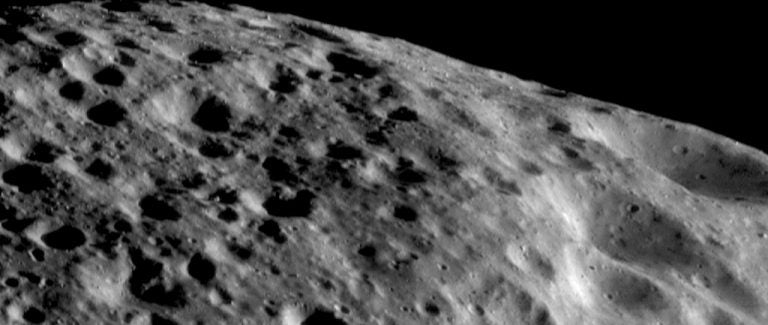Asteroids as targets for future human exploration will be the topic of a Wednesday, Aug. 31, presentation by NASA Lead Scientist, Dr. Paul Abell, at the Institute for Simulation & Training.
The 4 p.m. talk will be at the Partnership II Building, room 208, 3100 Technology Drive, in the Central Florida Research Park next to the UCF campus. The talk is free and open to the UCF community and public.
Abell is the lead scientist for Planetary Small Bodies assigned to the Astromaterials Research and Exploration Science Directorate at the NASA Johnson Space Center in Houston, Texas. He is among many working toward NASA’s mandate to put an astronaut on a near-Earth object (NEO) by 2025.
As likely launching pads for a manned space flight to Mars, NEOs are objects of considerable interest. Dr. Abell’s interest, however, goes beyond their utility as an interplanetary pit stop. They have potential as a source for minerals and even water and fuel for more distant space travel. Some also have a trajectory that could be hazardous to life on Earth as we know it. And for that reason, too, scientists want to know more about them.
Dr. Abell has studied potentially hazardous asteroids for more than 15 years. One of such bodies, 1999 RQ36 (probability of impact: 1-in-63,000 in 2169, 1-in-3,850 in 2182), is the destination for the OSIRIS-REx robotic space craft, set to launch in late 2016 and return with samples by 2023.
Missions to NEOs will provide a great deal of engineering and technical data that will help scientists develop strategies for defense against an “Armageddon” of the kind supposed by the 1998 sci-fi movie.
Since 2006, Dr. Abell has been part of a NASA team formed to examine the possibility of long-duration missions to NEOs and is lead committee member of the Small Bodies Assessment Group. He has described asteroids as the “leftover building blocks of the solar system” and valuable as stepping stones to other places.
